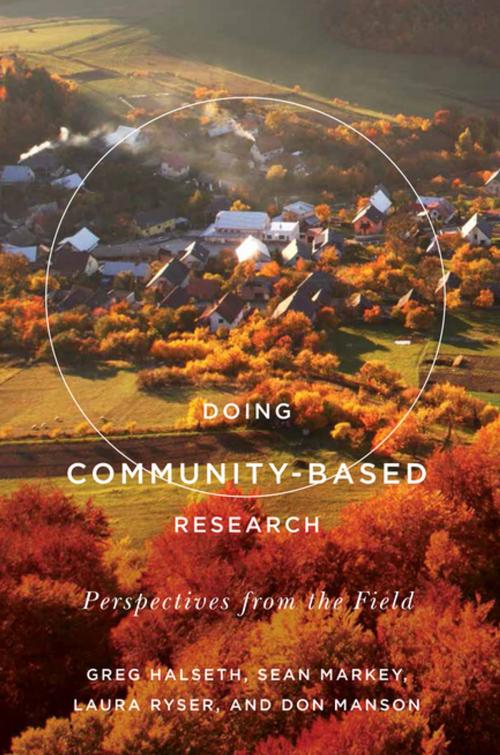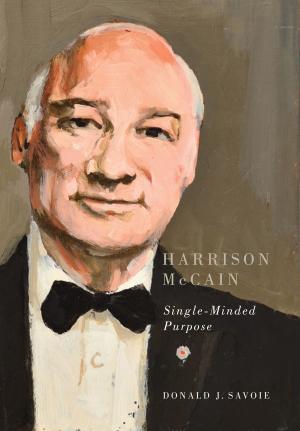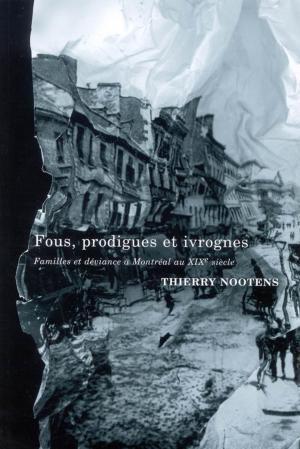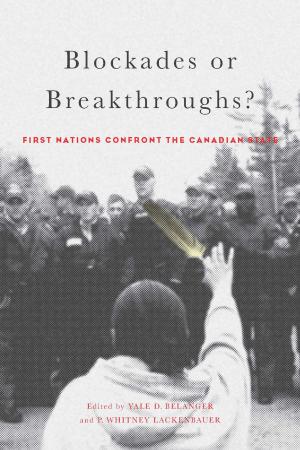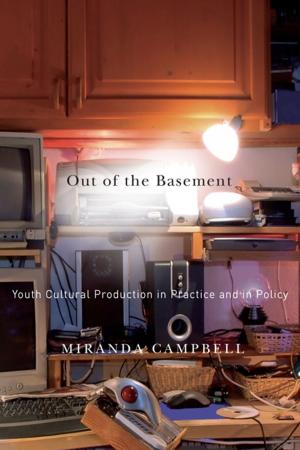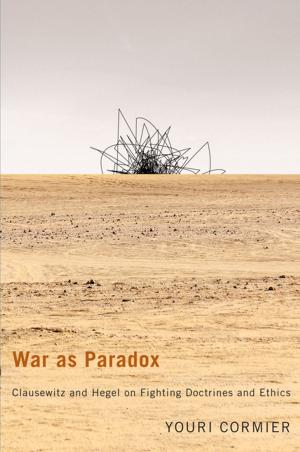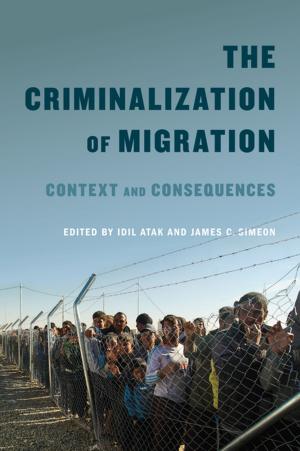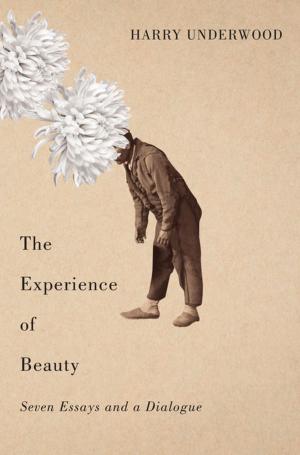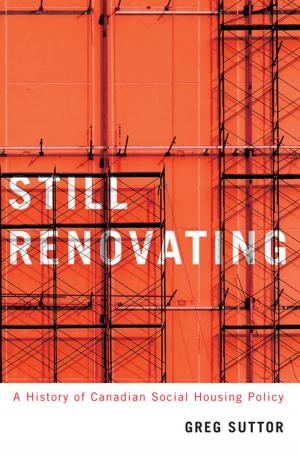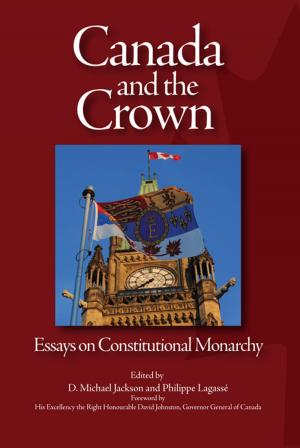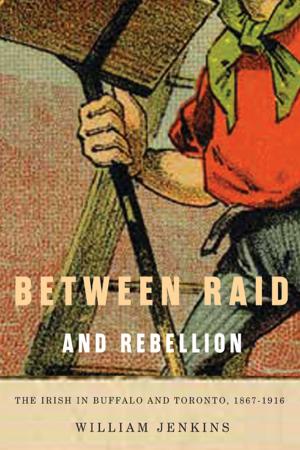Doing Community-Based Research
Perspectives from the Field
Nonfiction, Science & Nature, Science, Earth Sciences, Geography| Author: | Greg Donald Harman Akenson Halseth Donald Harman Akenson Donald Harman Akenson, Donald Harman Akenson, Donald Harman Akenson, Sean Markey, Laura Ryser, Don Manson | ISBN: | 9780773599239 |
| Publisher: | MQUP | Publication: | June 1, 2016 |
| Imprint: | MQUP | Language: | English |
| Author: | Greg Donald Harman Akenson Halseth Donald Harman Akenson Donald Harman Akenson, Donald Harman Akenson, Donald Harman Akenson, Sean Markey, Laura Ryser, Don Manson |
| ISBN: | 9780773599239 |
| Publisher: | MQUP |
| Publication: | June 1, 2016 |
| Imprint: | MQUP |
| Language: | English |
Community-based research (CBR) offers useful insights into the challenges associated with conducting research and ensuring that it generates both excellent scholarship and positive impacts in the communities where the research takes place. This depends on two important variables: the capacity of CBR to generate good information, and the extent to which CBR is understood and constructed as a two-way relationship that includes a set of responsibilities for both researchers and communities. Offering expert advice on the crucial relationship between communities and researchers, the authors outline the main stages of the CBR process to guide researchers and practitioners. They discuss the reasons for conducting CBR, provide tips on how to design research, and detail how researchers and communities should get to know one another, as well as how best to work in the field and how to turn fieldwork into research that counts. By focusing on the lessons learned from the use of CBR, the authors make the messages, lessons, and practices applicable to a variety of research settings. Drawing collectively from decades of community-based research experience and including vignettes from researchers from around the world who share their CBR experiences, Doing Community-Based Research is an essential book for scholars, students, practitioners, and the educated public.
Community-based research (CBR) offers useful insights into the challenges associated with conducting research and ensuring that it generates both excellent scholarship and positive impacts in the communities where the research takes place. This depends on two important variables: the capacity of CBR to generate good information, and the extent to which CBR is understood and constructed as a two-way relationship that includes a set of responsibilities for both researchers and communities. Offering expert advice on the crucial relationship between communities and researchers, the authors outline the main stages of the CBR process to guide researchers and practitioners. They discuss the reasons for conducting CBR, provide tips on how to design research, and detail how researchers and communities should get to know one another, as well as how best to work in the field and how to turn fieldwork into research that counts. By focusing on the lessons learned from the use of CBR, the authors make the messages, lessons, and practices applicable to a variety of research settings. Drawing collectively from decades of community-based research experience and including vignettes from researchers from around the world who share their CBR experiences, Doing Community-Based Research is an essential book for scholars, students, practitioners, and the educated public.
